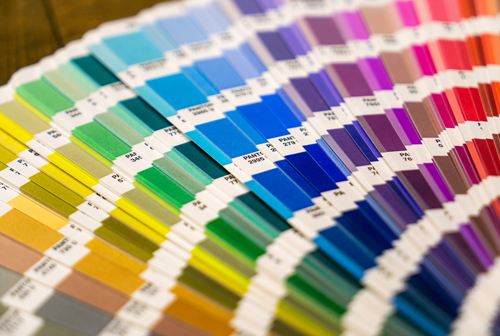Print - it’s greener than you think

Green issues are quite rightly at the top of the agenda now - for us as individuals and industries in every sphere. Naturally businesses want to do the right thing as part of their corporate social responsibility and adhere to the standards laid down in their own environmental policies. Any company - not just those in the public eye - mounting a substantial marketing campaign may be nervous about any potential negative impacts and, of course, being perceived as responsible in its attitude to waste, pollution and carbon footprint.
One of the most common misconceptions is that printed materials are inherently bad for the planet. For a surprising number of years, however, the print industry has been taking major steps to ensure that it remains very much a sustainable, viable solution - and continues to do so.
For instance, one of our major print suppliers has been making incremental changes for almost two decades. These began with attaining the ISO 14001 environmental commitment certification.
Shortly afterwards, they switched their printing inks from oil-based to vegetable based. Then they achieved FSC and PEFC certification which means that the papers and boards they use are all manufactured from “crop” trees - in other words, every time an area of trees is harvested, it is replaced with a new crop in a carefully managed way. Any products from these sources carry the FSC certification so that they can be traced from the forest all the way to our supplier.
The FSC certification mark can be reproduced on any printed items that use FSC materials - that’s effectively a stamp that proves the organisation’s commitment to protecting the environment.
Our printers have also changed their packaging so that it is biodegradable (a move away from single-use plastics).
But one of the most important changes has been signing up to Carbon Capture. This is a scheme whereby, with each purchase of paper stock, part of the cost is passed on to the Woodland Trust to pay for the planting of new evergreen trees and forests in the UK. As a result, our printers are continually offsetting the carbon footprint of paper production in a fully accountable manner.
More and more design agencies are insisting that their suppliers are signed up to schemes that ensure print campaigns are based on sustainable sources and are working towards zero carbon impact. So organisations can not only continue to benefit from the advantages of print in supporting promotional campaigns, they can also actively demonstrate that they are making positive steps towards a greener future.
In short, don’t be afraid to include print as part of your marketing collateral - it needn’t cost the earth.